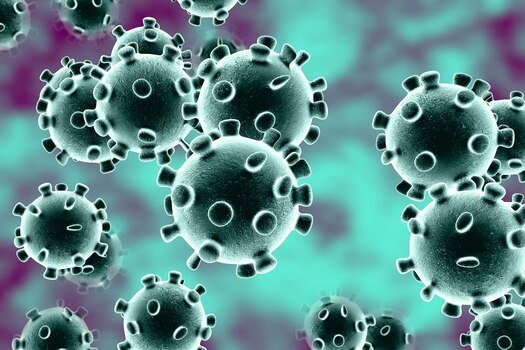More than one million people have now officially recovered from Covid-19, according to a tally from Johns Hopkins University on the coronavirus pandemic.
The number of confirmed cases is more than three million. The vast majority will recover – but there is a lag between an infection being noted, and the recovery being confirmed.
The statistic – like all coronavirus data – has to be read with caution though.
Covid-19 has a low mortality rate, which means almost all of those three million infected will eventually recover – even though in some cases it might take a long time.
But precisely how many will recover? That depends on the mortality rate of the virus – i.e. how many people who catch it will die – which we still don’t know.
Estimates by medical journal The Lancet suggest it’s higher than influenza (0.1%) and lower than Sars (9.5%).
If you look at the cases on cruise ships – where you don’t have imported cases or lack of testing – the mortality rate seems to be around 1%, the journal writes.
But because the testing situation is so different from country to country (and no country has a 100% testing rate like those cruise ships) we can only see the ratio of deaths to confirmed infections.
When only people with stronger symptoms get tested, that “death rate” is often higher than 1%.
In reality, it’s likely that many people will catch the virus without being officially recorded – meaning the death rate is lower than “official” ratios may suggest.











